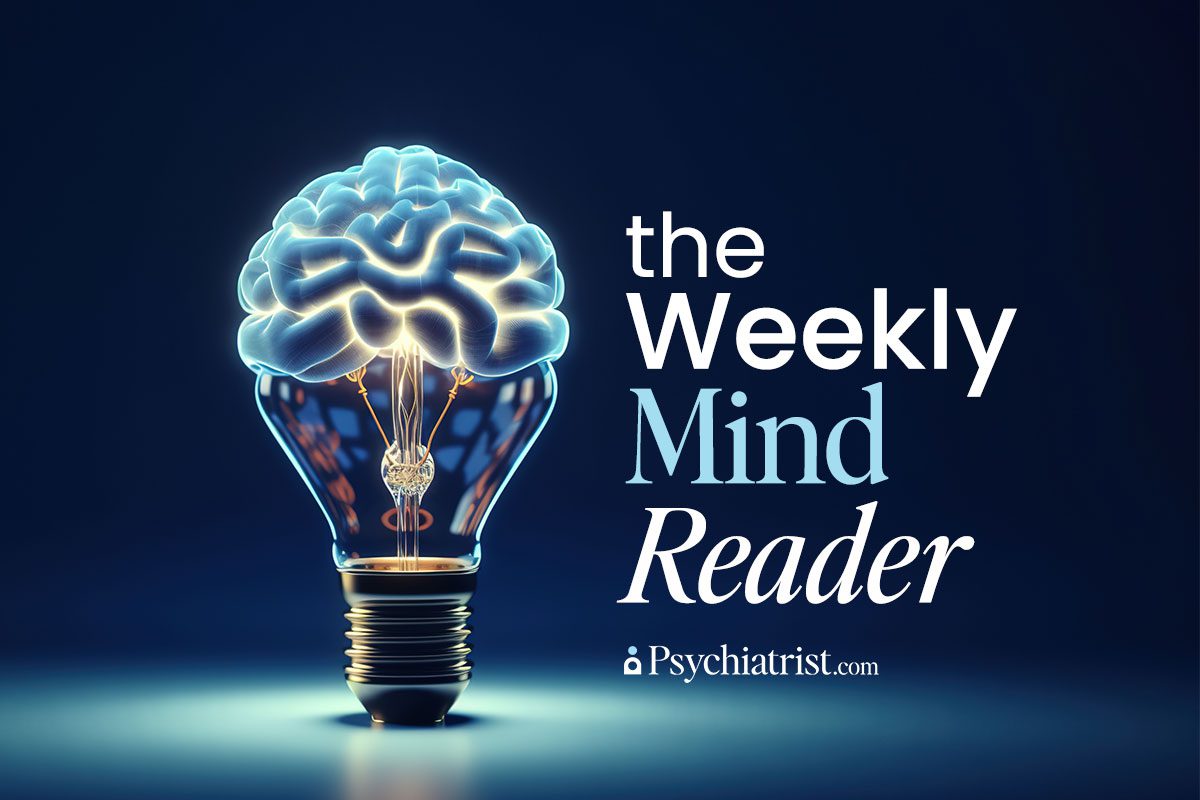As bad as traumatic brain injuries (TBIs) are – with more than 214,000 hospitalizations documented in 2020 – it’s worse than the statistics show.
And that’s because so many TBIs go undiagnosed or untreated. The CDC numbers don’t include those “treated in the emergency department, primary care, urgent care, or those that go untreated.” It’s hard to document, let alone treat, an injury a doctor never sees.
TBIs – whether they’re a result of a sports injury, a fall, or an auto accident – can have profound, lingering consequences. The economic and societal impact can be equally monumental, with some estimates hinting at as much as $93 billion in additional healthcare costs annually.
Police At Greater Risk of TBIs
Law enforcement officers (LEOs) are at especially high risk of TBIs. They’re frequently exposed to volatile situations, such as physical altercations, high-speed chases, and exposure to blasts from firearms or explosives. Despite this, a surprisingly scant amount of TBI research has targeted this demographic.
A 2021 pilot study among LEOs in the United Kingdom found that 60 percent of them reported a TBI history. About 20 percent of them admitted to enduring multiple TBIs. Worse will, 17 percent of the officers surveyed met the criteria for PTSD. While 39 percent reported mild to severe depression. These numbers only reinforce the case that the law enforcement community needs more research and a better support system.
A Mental Health Problem
We’ve known for years that TBIs and mental health conditions remain inextricably linked. Individuals with a history of TBI remain at a much higher risk of developing PTSD and depression.
For example, one systematic review found that the “pooled prevalence” of PTSD among TBI patients was 15.6 percent, with TBI patients having higher odds of developing PTSD compared to those without brain injuries.
The prevalence of PTSD and depression is even higher among military populations with a history of TBI, nearly half of whom meet the criteria for PTSD. This is particularly relevant for LEOs since so many of them come from military backgrounds. They might be dealing with the compounded effects of TBIs sustained both in military service and during their law enforcement duties.
A Closer Look
A more recent study sought to determine the prevalence of head injuries, PTSD, and depressive symptoms among LEOs, as well as the association between head injuries and psychological health conditions.
Researchers from Ohio State University surveyed 572 LEOs in central Ohio. The results sparked concern among the interviewers.
- Nearly three-quarters of the participants reported a lifetime history of head injuries.
- More than half – 53 percent – documented injuries that involved LOC or symptoms such as confusion or memory gaps, indicating probable TBIs.
- And nearly a third – 30 percent – of the officers admitted to at least one work-related head injury.
Researchers quickly identified the psychological toll these injuries had inflicted.
- Officers with a history of head injuries reported higher levels of PTSD and depressive symptoms than those without
- Although the overall prevalence of PTSD in the study population was 9 percent, a disproportionate number of LEOs with head injuries met the clinical criteria for PTSD.
- Similarly, 36 percent reported mild or worse depressive symptoms. Those with a history of head injuries appeared to be more likely to report such symptoms.
Despite the high prevalence of head injuries and their impact, many of these injuries went undiagnosed or untreated. For example, healthcare providers failed to diagnose (or treat) more than 70 percent of sports-related head injuries and 80 percent of fall-related injuries. This lack of diagnosis and treatment illustrated the need for better education and access to medical care for officers.
Further Reading
Research Sheds Light on Traumatic Brain Injuries
Dog Walking Linked to Surprisingly High Risk of Traumatic Brain Injury



